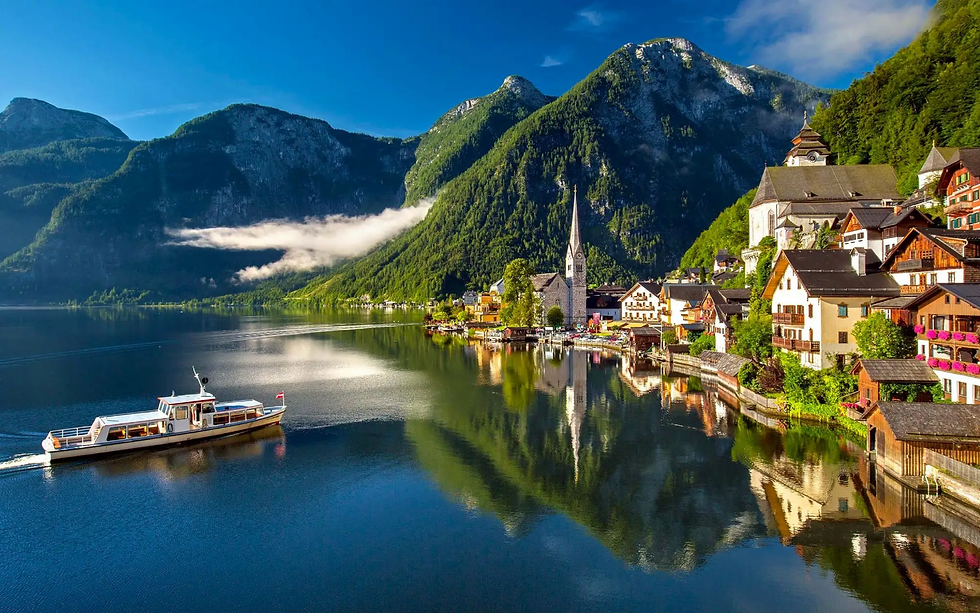When, Where & How to Witness Africa’s Great Migration
- DPP Travel

- Oct 5, 2022
- 2 min read
Updated: Sep 4

This awe-inspiring spectacle—one of the world’s greatest natural events—unfolds in just a handful of places and offers a front-row seat to the raw, untamed beauty of the animal kingdom.
🐾 Where Does the Great Migration Happen?
Each year, over two million wildebeest, zebras, antelope, and other herd animals make a dramatic, circular journey across East Africa.
Traveling between Tanzania and Kenya, they follow the rains through the Ngorongoro region, Serengeti Plains, and Grumeti Reserve in Tanzania, then onward to Kenya’s Masai Mara. Along the way, they face countless challenges—hunger, thirst, predators, and perilous river crossings.
📅 When to Go: What You’ll See by Month
January–February: Head to the southern Serengeti to witness the calving season—around 500,000 wildebeest are born during this time! It’s a magical (and adorable) experience, often with newborns taking their first wobbly steps.
March: Predator activity is at a high around Ngorongoro, as big cats and wild dogs take advantage of the vulnerable newborns. A great time to witness nature’s dramatic cycle.
April–May: The herds begin moving toward the central Serengeti. While the landscape is lush and crowd levels lower, it’s often best to wait until June–August for peak migration action.
June–July: River crossing season begins—starting with the Grumeti River. This is a powerful and dramatic time to witness the struggle for survival, with crocodiles and big cats lurking nearby.
August–September: Another major migration highlight: Mara River crossings into the Masai Mara. Expect intense, breathtaking moments as the herds battle swift currents and predators.
October: Early October is beautiful in the Masai Mara. By mid-to-late month, food becomes scarce and the herds begin moving back to Tanzania.
November–December: The animals return to the Seronera region of the central Serengeti to complete their loop, setting the stage for another round of calving season.
🦓 How to Experience the Great Migration
This isn’t a one-size-fits-all trip—and that’s a good thing. The key to a truly immersive experience lies in smart planning, personalized to your timing, interests, and travel style.
At DPP Travel, we partner with top local experts and exceptional safari lodges in Kenya and Tanzania to ensure you’re in the right place at the right time. Whether you're hoping to witness a thrilling river crossing or the gentler side of calving season, we’ll design a trip around your dream migration moment.
Ready to experience the migration of a lifetime? Let’s start planning your unforgettable safari. Reach out to us today!




Comments